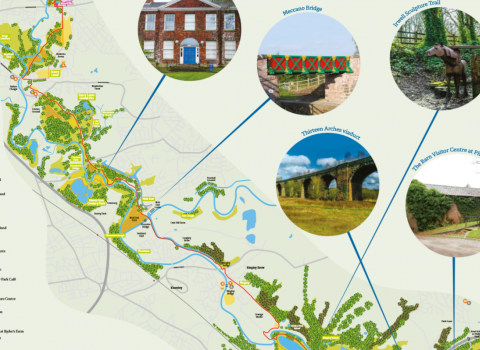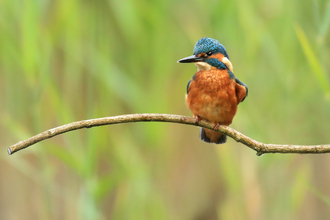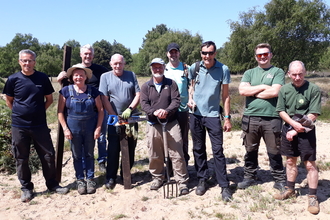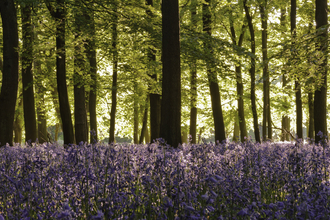
Smooth newt by Philip Precey
Darcy Lever Gravel Pits
A tranquil oasis for amazing amphibians
Hidden within the wider woodland, Darcy Lever Gravel Pits are a tranquil oasis home to birds, butterflies and all five of our inland amphibians, including the protected great-crested newt!
What can you see at Darcy Lever Gravel Pits?
Managed by volunteers, this site is testament to what can be achieved with dedication and willpower. Several ponds that were originally dug to provide gravel, clay and sand for the nearby A666 are now home to nationally important species like the great-crested newt, and also provide habitat for one of the best dragonfly populations in the North West. If you head to the Gravel Pits on a sunny, summers day, expect to see brown, common and southern hawker, as well as broad bodied and four-spotted chaser, common, ruddy and black darter dragonflies, and a myriad of damselflies including the stunning banded demoiselle.
The ponds are also home to countless invertebrate species that support many other animals further up the food chain.
When not gazing into the pools or searching the air for acrobatic invertebrates, keep your eyes on the ground! You’ll definitely need to take along a wildflower ID book to identify the huge variety of flowering species found in the meadows, from sneezewort to vetch, and fleabane to toadflax. For the real beauties however, head back to the ponds for marsh cinquefoil and water violet.
The history of Darcy Lever Gravel Pits
The woodland around the Gravel Pits was once home to landfill, sewage works, chemical works and a coal mine. In the 1970s, the GMC planning department stated that 'over 60 acres had been tipped on to an average depth of over 25 feet', with the lane (now the Kingfisher Trail), 'frequently blocked by old cars which had toppled from the steep banks above... a visit to the top at night revealed waves of rats in the car headlights'.
Several ponds are now home to nationally important species like the great-crested newt
To counter this, more than 50,000 tons of soil was brought to the site throughout 1976 and 1977, 'covering the refuse to an average depth of 15 feet'. A new woodland was planted with Norway maple being the most abundant tree, because it copes well with the drought conditions caused by the refuse beneath the soil. Nowadays, all of this is hard to imagine as the woodland welcomes you in and feels like it has been there forever.
The Kingfisher Trail through this area follows the line of the filled in Manchester, Bolton and Bury Canal, and passes the spot where Fogg’s Colliery was once found. The colliery was the site of two mining disasters, the first in 1877 in which ten men died due to an underground fire, and the second in 1907, when a further ten men died due to a collision of lift cages. As if this wasn’t eventful enough, in 1831 John McGowan was executed after murdering his wife outside the mine! The 1877 disaster was widely reported upon in the news of the day, with a London publisher putting the poem below to music:
At a colliery not far from Bolton,
These poor men laboured in the mine;
Colliers see but little comfort,
Working where no sun can shine;
The fire damp so fierce and scorching,
Their helpless bodies did surround,
None could help them, none assist them,
Burnt to death while underground.
To see the rest of the poem and to find out more about the mining disasters, read Kingfisher Trail Project Volunteer Lewis Dawson’s report here.
Know before you go
The Gravel Pits are managed by a very active community group who hold weekly practical work parties, put on monthly events and host school visits. Click here to find out more and to get involved.
Access: Via Radcliffe Road/Croftside at the Northern end, or Hall Lane at the Southern.
Accessible: Not suitable for those with limited mobility.
Darcy Level Gravel Pits is owned by Bolton Council.

Find out more
Explore more sites along the Kingfisher Trail and plan your trip along this fascinating route.
How you can help
You can help us maintain sites along the Kingfisher Trail for people and wildlife by becoming a member, volunteering or making a donation.
Choose one of the options below and protect the wild spaces on your doorstep.



